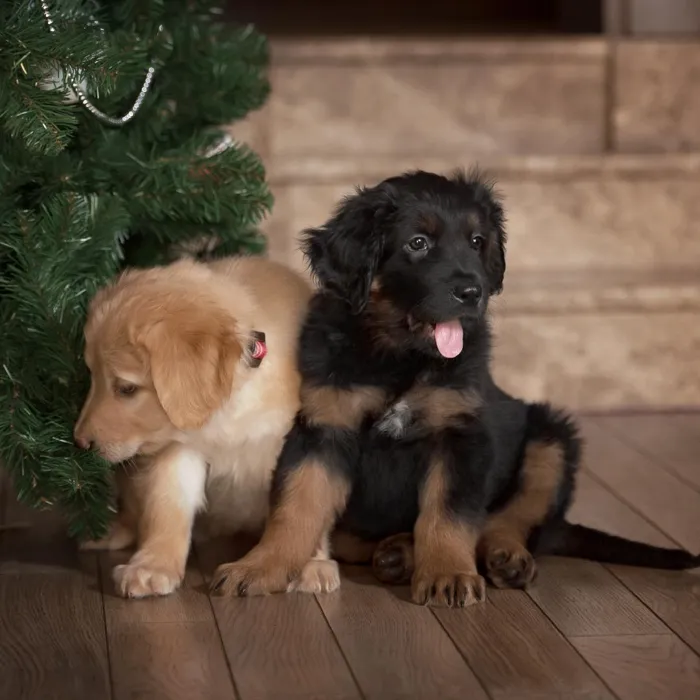Hovawart

Breed Traits
Pet traits are ranked on a scale of 1 to 10 with 1 being the lowest and 10 being the highest.
Group
Foundation Stock Service
Temperament
History
Nutrition
Grooming
Exercise
Training
Health
General Appearance
The Hovawart is a powerful, medium size, slightly elongated, long-haired working dog. Difference between sexes is clearly recognizable, specially in shape of head and build of body
Size, Proportion, Substance
Head
Neck, Topline, Body
Tail
Forequarters
Hindquarters
Feet
Gait
Coat
Color
Faults
Available Puppies
All pets have found there homes! Sign up to be notified when new pets are added so you don't miss out.


